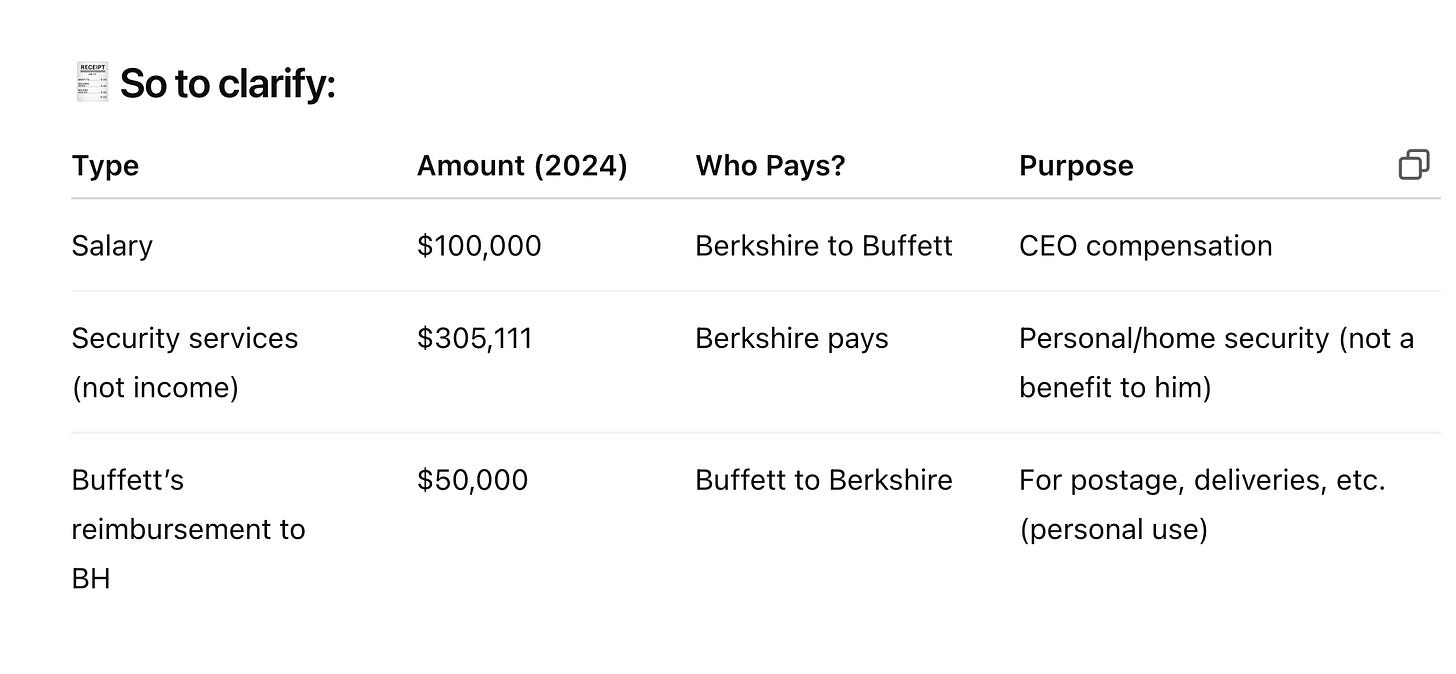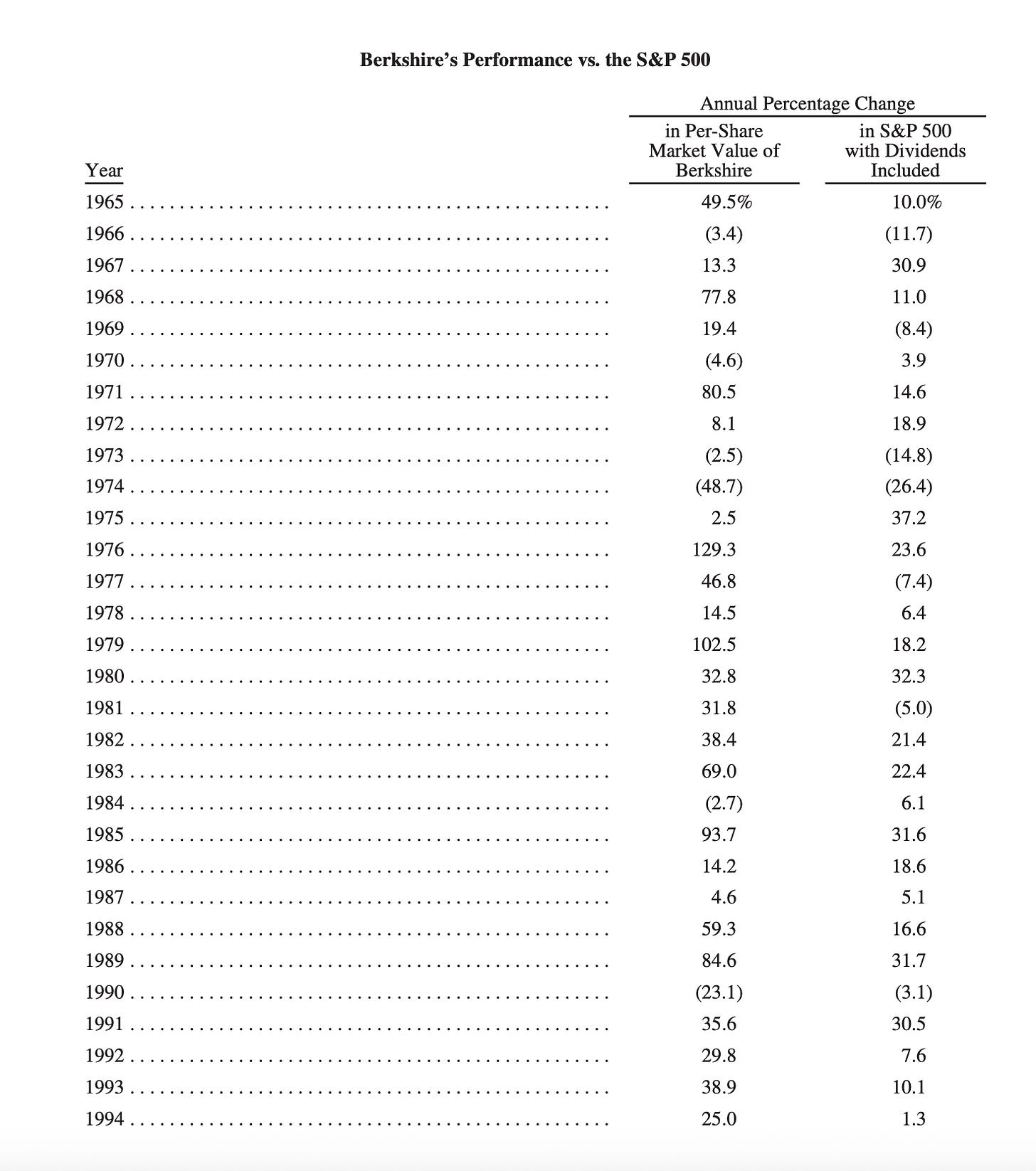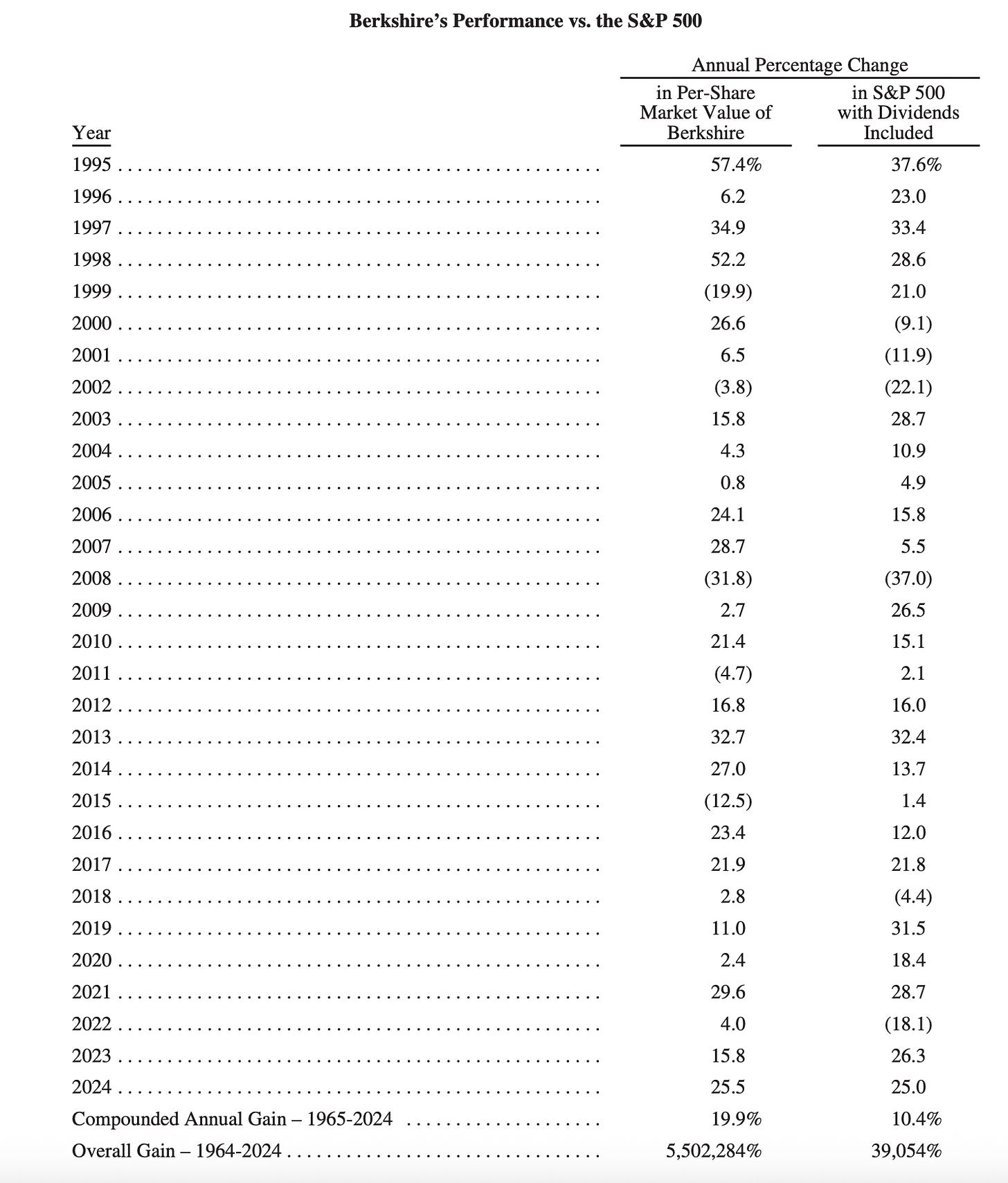circle of competence (in which cycle is the industry out of 7 cycles)
Insider ownership under 70%
Google results of (past) auditor fraud or constantly changing audit firms for auditing financial reports / board directors and google CEO/CFO/Chairman with keyword fraud and last company that he stayed with.
ROIC
moat: focusing on competitors and past capital allocation decisions (especially fast-growing not yet profitable competitors, e.g. PDD 0.00%↑ compared to BABA 0.00%↑ in 2022 )
Being a low-cost producer is the weakest moat of all moats, compare balance sheets to other companies from the same industry to identify a MOAT, and look for consistency:
margin of safety: is it obviously undervalued (P/S, EV/FCF, EV/EBITA, P/B, P/E vs earnings growth, liquidation value) without a DCF
criteria taken from Ian Cassel (top-down)
tailwind
scarcity
story
undiscovered
criteria taken from Ian Cassel (bottom-up)
strong balance sheet to endure a economics downturn / weather the storm
management
valuation that can double within 3 years (e.g. high single digit ev/ebita and revenue growing 30% a year)
understand the direct competitors of the company especially in competitive industries like automobile, retailer, etc., e.g.
after Seres group ($601127.SS) released a newer EREV model M7 in September 2023 by improving car features (including L3 automation from Huawai) and dropping the price at the same time, Li Auto ($LI)’s L7 may be directly impacted. Because of that $601127.SS (still unprofitable) 's stock price made a 3x and $LI’s stock price dropped for 25% in the next 3 months.
PDD 0.00%↑ vs BABA 0.00%↑ vs JD 0.00%↑
in case of serial acquirer:
economy of scale is not inherently positive. Advantages depend on market-share gaps and the degree of fixed costs. Also, scale economies in non-mature mass markets increase the risk of destructive competition. However, exhibiting minimum viable scale in a slow-growing market with customer captivity seems to be a viable set-up for durable excess returns.
search for asset-light niches, not dominance, on the theory that the world can tolerate many mice, but few elephants
if operating margin < 1%, add the R&D to operating margin and check if there is any consistencies
owner operator (owner as CEO from the beginning optimally) and low debt
declining ratio of accounts receivable / accounts payable
reviews on Google(Maps), google trends, trustpilot, video/channel on Youtube
management
especially on Linkedin, job descriptions on Linkedin, on pracuj.pl for polish companies
is management treating shareholder in the right way
is management explaining the company things upfront in annual letters that you may want to know as a shareholder, I remember reading in an annual letter that the CEO explained about declining shareholders’ equity and cash on hand because of paying out 100% of net profit last year in two rounds.
shareholders’ Equity should be
rising long term, as total assets get more and more, and total liabilities do not get out of hand (shareholders’ Equiery = total assets - total liabilities)
anomalies e.g. for AZO 0.00%↑ , HD 0.00%↑ or AAPL 0.00%↑
that is buying back e.g. 37.5% of its shares in the last 10 years, then its shareholders’ equity will shrink, because the cash that belongs to the assets column was distributed to shareholders in form of buybacks, thus reducing total assets
ballooning ROE and ROA e.g. for AAPL 0.00%↑ after 2019, as declining denominator (either as total asset or shareholder’s equity)
as you check the shareholders’ Equity of AAPL 0.00%↑. It is actually declining consistently after 2017, this corresponds to the interview where Buffett recommended Tim Cook to buyback shares if he thought AAPL 0.00%↑ shares were undervalued.
Special dividends could also have similar outcome
declining / unstable revenue, ROIC, gross, or operating margins year over year, for companies that just became profitable with positive ROIC, look for revenue growth > operation expense growth (is the business scalable?)
low leverage, especially not a retailer with lots of debts
not a Russian company
search for writeups / forums on
value investing club,
seekingalpha
fintwit (Twitter, stockhouse, weibo, douyin etc.), simplewall street, yahoo conversations, xueqiu, 大众点评, facebook groups, reddit/quora, zhihu, meetups (especially for technology companies) etc., latest transcript (from latest quarter)
au.investing.com and hotcopper.com.au for Australian equities
xx.investing.com/equities/space-commentary for all stocks, it for xx (Italian stocks) or de for xx (German stocks)
moneycontrol for indian stocks
uk.advfn.com
why did its stock value crash/surge last and why? How did the business perform in previous recessions?
news investor relations site, https://app.tikr.com/
past annual letters (if it takes too long for you, at least read the cover letter every year that sums up everything important about the company in a fiscal year, if it is available of course :) )
no commodity / cyclical nature, only if it is really undervalued like in late 2008
recent insider buying
how much is the ratio of
investing cashflow / operating cashflow for Yahoo
-(acqusitions + investments) / net income for quickfs
Inventory / total assets
not a micro-cap Chinese stock / fraud detection if multiple conditions apply
crashing stock price on good news
stock price barely moves after profit warnings
insider selling
share dilution
frequent change of audit firms, one or more audit firms are refusing to collaborate with the company
frequent change of manager positions including company secretary
insider ownership too high, e.g. > 70%
returns from investment is lower than the current treasury rate
check leverage for real estate companies
assets to (shareholders’) equity ratio < 8
positive operating cashflow
past acquisitions: synergy with parent company
reduce earnings accordingly if there are stock options available for insiders or management
footnotes easily understandable
admitting past mistakes is a plus, e.g. wrong decision about the capital allocation (acquiring companies)
share of voice: the percentage of brand awareness within a given market that is attributed to a particular brand, company, or product
customer loyalty
run by founder(s’ family members)
for companies that just became profitable, did the company just cut marketing and sales costs to show that they can be profitable, overfocusing on short-term earnings (short-sighted), hence losing its moat:
for retailers / airlines, are stores / distribution centers / planes owned or leased ? for DDS 0.00%↑ and RYAAY 0.00%↑ capital lease is 1/100 of total assets, is the company continuously paying down debt, issuing (special) dividends, and buying back shares?
Fisher’s points (mostly discoverable utilizing scuttlebutt method)
Does the company have products or services with sufficient market potential to make possible a sizable increase in sales for at least several years? sales curve leveling out for radio set manufacturers
Does the management have a determination to continue to develop products or processes that will still further increase total sales potentials when the growth potentials of currently attractive product lines have largely been exploited? AMZN 0.00%↑ made small bets all the time that resulted in AWS e.g. This should be more easier to answer for a retailer or restaurant with a strong moat, e.g. CMG 0.00%↑, because it only has to keep inventing delicious food and adding it to its menus (increasing comparable store sales) on top of expanding the number of store locations.
How effective are the company’s research and development efforts in relation to its size? BABA 0.00%↑ created Alipay. AMZN 0.00%↑ created AWS. Tencent created WeChat after QQ. AAPL 0.00%↑ is producing processors and other chips on its own to replace those from INTC 0.00%↑ or QCOM 0.00%↑. MSFT 0.00%↑ just keeps copying or acquiring the best concepts and companies.
Does the company have an above-average sales organization? Best companies do not need a sales organization any more as their brand already mean something wonderful in consumers’ mind, e.g. KO 0.00%↑ or AAPL 0.00%↑ . This is also a no-brainer for industries, where consumers get addicted: liquor brands (Maotai) or gaming brands (Xbox, Nintendo, SONY 0.00%↑ ). When your friend invites you to his home to play with Nintendo Switch, that is the perfect sales pitch for you.
Does the company have a worthwhile profit margin?
What is the company doing to maintain or improve profit margins? Many companies have been able to grow their profit margin year over year because of new products lines or industry-specific moats: AMZN 0.00%↑ , auto parts wholesalers (as the parts volume/catalog gets bigger, their gross margins increase), railroad companies (fuel surcharge programs, reduction of fuel consumption, increasing average train speed). While it is questionable if INTC 0.00%↑ , BABA 0.00%↑ or META 0.00%↑ can grow its profit margin back to previous levels.
Does the company have outstanding labor and personnel relations? stock-based compensation/incentives, what should also be important is that. Companies e.g. based in Poland pay lower salaries overall compared to western countries. This is a competitive advantage as a low-cost producer. if SBC sums are larger than the base salary, then it is an additional plus point; the higher the ratio of SBC/base salary the better. Without SBC but insider ownership even better.
Does the company have outstanding executive relations?
Does the company have depth to its management?
How good are the company’s cost analysis and accounting controls? MCD 0.00%↑ once upon a time did sell cheese and other products, but then they discovered by reading financial statements that burgers were one of the products that they can sell and get a more reasonable margin.
Are there other aspects of the business, somewhat peculiar to the industry involved, which will give the investor important clues as to how outstanding the company may be in relation to its competition? Dino Polska builds its retail location instead of leasing it. Because a location makes on average all of its investment back after 9 years. Another example: META 0.00%↑ and GOOG 0.00%↑ are adding reels after reels success on Tiktok
Does the company have a short-range or long-range outlook in regard to profits?
In the foreseeable future will the growth of the company require sufficient equity financing so that the larger number of shares then outstanding will largely cancel the existing stockholders’ benefit from this anticipated growth?
Does the management talk freely to investors about its affairs when things are going well but “clam up” when troubles and disappointments occur?
Does the company have a management of unquestionable integrity? Is LIVE 0.00%↑ lacking here?
What happens after you identified the stock that made all the items on the list?
Buy a tracking share so you do not forget it and wait for the stock to go down so you can buy more. Final position sizing should follow the rule: 2.1 * P - 1.1, as P is the probability of being right.
Asset / market reallocation: every 3 years
Disclaimer:
This article is for informational purposes only and represents the author's own opinions. It is not a formal recommendation to buy or sell any stock, as the author is not a registered investment advisor. Please do your own due diligence and/or consult a financial professional prior to making investment decisions. All investments carry risk, including loss of principal.







